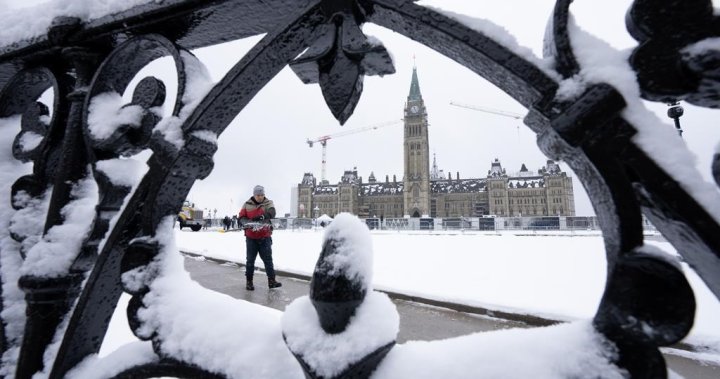A new report by Vibrant Communities Calgary found that social disorder is on the rise in Calgary, and incidents are increasingly happening in public spaces like transit.
The 58-page report, titled “No Place To Go,” found that calls for police related to social disorder at LRT stations across Calgary have sharply increased in 2021 and 2022. In 2023, calls for service were back to pre-pandemic levels.
The report defines social disorder as conversations from transit peace officers or Calgary Police Service officers related to littering, loitering, fare evasion and urinating or defecating in transit stations. However, they are not usually criminal in nature.
Calls for police related to mental health concerns have increased by 38 per cent from 2018 to 2022, the report said.
There was also a 186 per cent increase in toxic drug deaths in the Calgary zone from 2016 to 2023, and they are happening more and more in public spaces. In 2023, public spaces accounted for 53 per cent of toxic drug deaths in Calgary, a major shift from previous years where deaths mostly occurred in private spaces.
Fentanyl is the most common substance causing toxic drug deaths in Calgary (65 per cent in 2023), followed by methamphetamine (49 per cent) and cocaine (31 per cent).
The email you need for the day’s
top news stories from Canada and around the world.
Reports of encampments also increased by 410 per cent in 2023 compared with 2018, and many Calgarians that researchers interviewed said the CTrain network sees more social disorder than the bus system.
The report said Chinook, Marlborough Mall, Sunalta and Victoria Park stations have been “particularly problematic” in terms of social disorder, along with stations along the Free Fare Zone downtown.
However, the lack of daytime options for people experiencing homelessness is a big reason why many shelter users spend time on transit, including in CTrain stations.
Many police officers and transit peace officers who were interviewed also said homeless shelters are often perceived as “inadequate and unsafe.” The report said a lot of people are afraid of their belongings getting stolen, afraid of catching disease or afraid for their own personal safety.
“As our communities grapple with intersecting crises related to housing, affordability and addiction, this study sheds light on critical issues impacting public safety and the urgent need for solutions. While some solutions require time and systemic changes, it all begins with ensuring we have stable housing, so more and more people aren’t being pushed into homelessness,” said Meaghon Reid, executive director of VCC, in an emailed statement.
The report also noted that police, transit officers and community workers are experiencing trauma from being on the frontlines, and it is becoming more and more common.
However, the report said police often struggle to connect individuals to medical care due to a lack of treatment and harm reduction options.
Researchers also said there is no relationship between adding more police and reducing crime, suggesting it is a short-term solution at best.
“It’s clear that people experiencing homelessness need places to go during the daytime. Even as we work towards long-term solutions like housing, more options are in everyone’s best interest,” said Nick Falvo, lead researcher for “No Place To Go.”
© 2024 Global News, a division of Corus Entertainment Inc.




